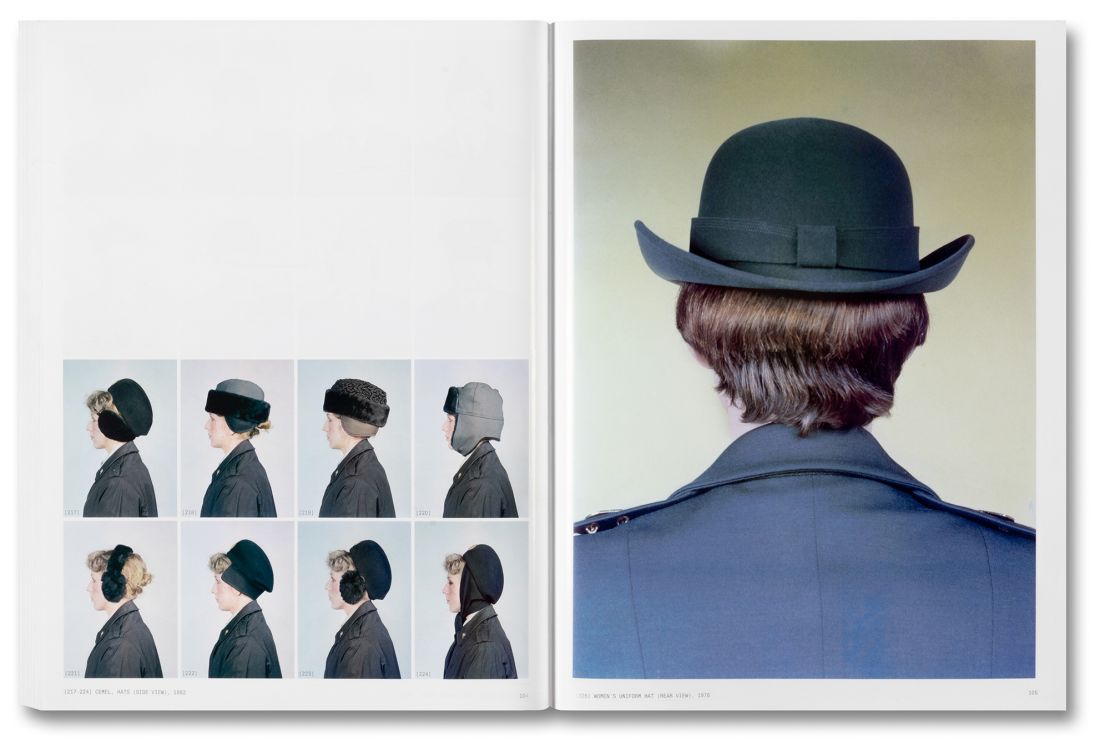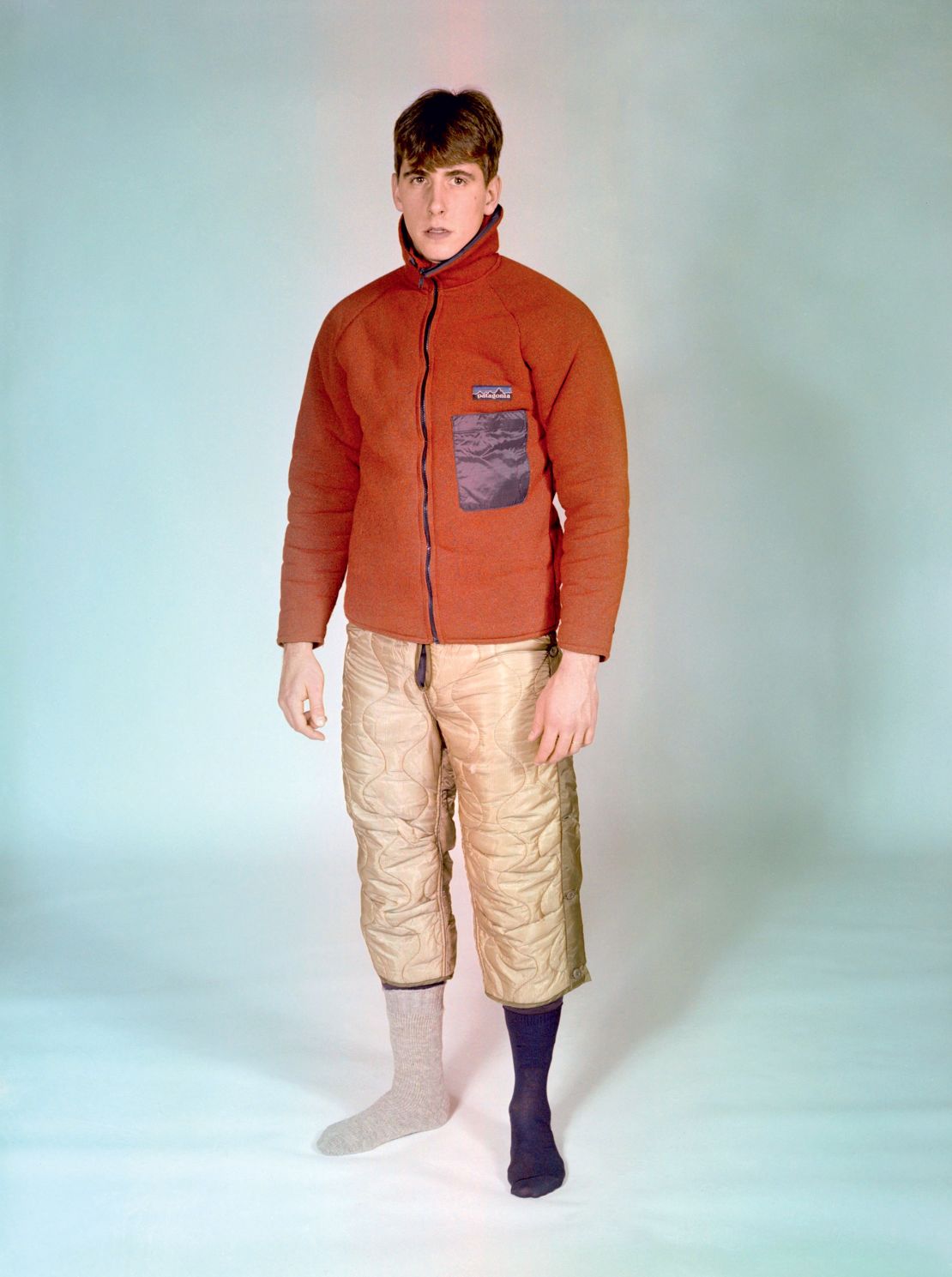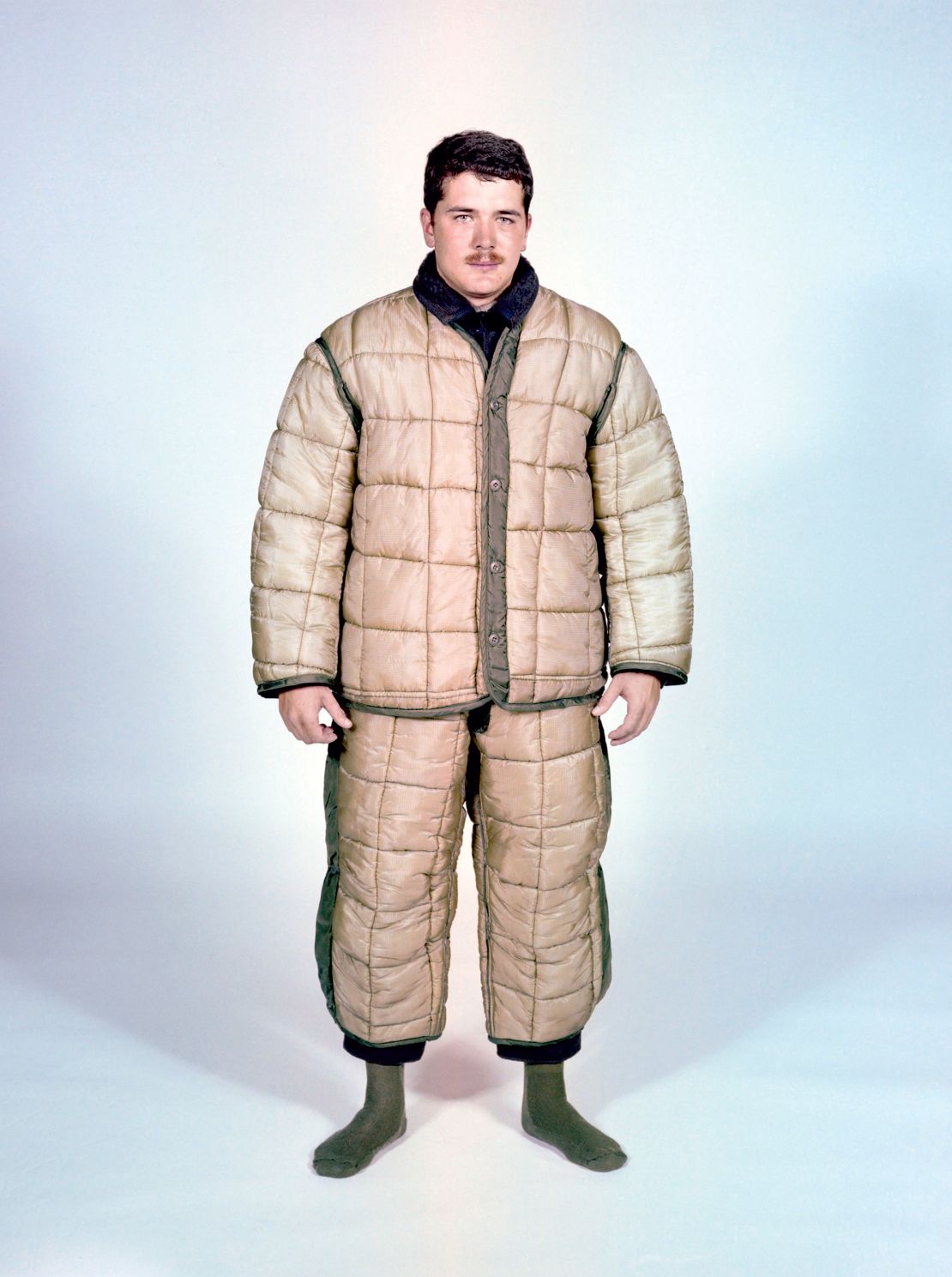Declassified Army photos from the 70s and 80s look like they were taken from a fashion magazine. CNN
Despite the ugly reality of war, the military-aligned aesthetic has enjoyed a long association with the fashion industry and pop culture; From the mainstream use of camouflage prints and epaulettes on jacket shoulders to the widespread adoption of colors like army green and khaki. These styles have made onstage cameos of late, too: at the DNC and Lollapalooza (with the Harris-Walz campaign and Chappelle Rhone's “Midwest Princess” tour, respectively).
Matthew Nicoll, whose solo new monograph is called “Fashion Army,” isn't particularly engrossed in the military. “Actually, I'm a food photography collector and a photo editor,” he told CNN in a video call. But the new title, recently released by SPBH Editions, coincides with a show at the French photography festival Les Rencontres d'Arles (now touring), examining the “evolution of military clothing in iconic fashion” — namely through uniform prototypes — and following 2022. Food photography book “Better Food for Our Fighting Men.”
Both are products of Nicole's thorough research practice, which a few years ago led her to the US Army's Natick Soldier Systems Center (NSSC), a still-active military compound in the Boston area that deals not with weapons but with functionality (primarily textiles). And a huge collection of declassified photos. Of the nearly 15,000 found in the online archive, “Fashion Army” re-contextualizes an edit of 350, featuring non-models from various military branches in uniform.

Although Nicole's starting point was photography, as fashion critic Angelo Flaccavento observes in the book's essay, “Function is Form,” there is a sartorial throughline present: “The images in this book,” he suggests, “are not only an essential quality. Fashion, but Actually a vibrating sense drain now”
Produced for reasons unknown (the US Army refused to answer Nicole's numerous questions about the origin and purpose of the photographs), the series has the sensibility of a fashion portfolio, while the clothes themselves reflect the prints, structures and silhouettes of contemporary trends, or rather the opposite (the images are from the 70s (Made in the late to early '90s, loosely coinciding with the end of the Vietnam War and the start of the first Gulf War, Nichols noted).
“They weren't meant to be broadcast,” he said. “The US Army is a society within a society – thousands of people work for them – and (although) these images are not propaganda, they are made to entice various parts of the military to sell their prototypes.”

Here the correlation between image and wider fashion trends is also evident. An image of a man wearing a red fleece with some quilted trousers seems particularly relevant in 2024, when the same onion-quilt pattern is the vogue for liner jackets, led by brands like Uniqlo and Marfa Stance. Camouflage is also, naturally, prevalent in the pages of the book, while sunglasses jingle with more experimental designer fashion.
“These images resonate so much with what I see today, some of the images look almost like a Carhartt campaign,” continued Nicole. “I have a 15-year-old daughter who wears the baggy and camo pattern, and (Louis Vuitton creative director) Pharrell Williams and the Vuitton guys also have this camo pattern. It's interesting that both high fashion and streetwear have taken (inspiration). Military research always has civilian applications.”
On the front and back covers, a man and woman appear separately in white protective clothing, recalling Helmut Lang's widely acclaimed 1998 catwalk show that featured a similar design (Timothy Chalamet wore an archive black leather version to promote Wonka in Las Vegas in 2023). “A fashion item fascinates because it first pleases the eye, but also because it is charged with symbolic values, be it status or modernity,” Flacavento emphasized.

Of course, the military style has been appropriated by various subcultures over the decades. Typically inexpensive, army surplus stores informed the counterculture style of the 1960s, later forming the uniform of aughts indie bands like The Strokes. Even Williams' SS24 debut for Louis Vuitton, where the multi-hyphenate debuted a new camo mutation, was a call-back to the (camo-heavy) fabric of Billionaire Boys Club, the label he co-founded with Japanese designer Nigo in 2003. Moreover, Italian brand CP Company and Stone Island's hero pieces directly navigate this relationship, echoing US Army innovation.
“Besides being beautiful and well-produced, what was interesting to me about these images is that they used the same production we see today,” added Nicole, relaying her initial reading of the images' characteristics, which date back to the '90s. lined up with Aesthetics suggested by Juergen Teller among others. “When I showed photos to friends who worked in fashion, they showed me Akon Studios and Martin Margiela's e-commerce sites: the clothes are the same, the models are the same – but these photos are 40 years old.”


